We’ve been working on an in-depth story on chassis and suspension tuning that’ll cover a lot of complicated variables including optimizing tire grip, fixing suspension geometry, dialling in spring rates and sway bar rates as well as dealing with shock damping, but for those of you looking for a quick and easy set of guidelines for fixing a handling imbalance in your car’s setup at the race track (we’re talking road course setup here), this is for you.
It’s important to keep in mind, however, that not every car is going to react exactly the same to these changes due to differences in weight distribution, suspension design, and drivetrain configuration, so be sure to keep detailed notes on any setup changes you make and how they impact on your car’s balance on corner entry, mid-corner, and corner exit so that you can begin to build a better understanding of how it’s reacting to your driving style and the setup changes you’re making to it. We like the iPad app Laptimizer as a way of keeping notes on our car’s setups, but even just a notebook and a pen is a huge step in the right direction, as is owning a proper tire pressure gauge and tire pyrometer (but more on that in our in-depth nerdtastic suspension tuning story coming soon).
It’s also worth mentioning that if you do a quick Google search on ‘Suspension Tuning Cheat Sheets’ you’ll find quite a lot of information that attempts to summarize the complex relationship between a car and its contact patches. Some are quite good, some are confusing or share what we consider misinformation. So we’ve attempted to distill what’s out there, combine it with our own racing experience and setup tinkering, and offer up these admittedly simplistic but hopefully still useful guidelines about how to reduce your car’s tendency to understeer (loss of front grip, which can result in fun-sucking front end plow) or oversteer (loss of rear grip, which can result in fun but time-consuming skids). In the more detailed story to come, which our buddy Andrew Wojtezcko from Auto Analyser and Mantella Autosport has graciously offered to help us with, we’ll give you all the theory and background information so that you’re not making these adjustments on blind faith, but rather based on a solid understanding of suspension fundamentals.
Lets start with understeer, since nothing robs a car of cornering speed like this hideous invention of insurance companies and overly conservative car companies. That said, a touch of understeer can be a really fast setup, especially at big, fast road course like Mosport. Plus a bit of understeer gives you a bit of safety if you overcook corner entry, since it’s safer to plow offline a bit than it is to oversteer off the track (and potentially back your car into a barrier in the process). Point being, set your car up to have the balance that inspires the most confidence in you as a driver. Just because your fastest friend likes a loose setup where the car rotates and oversteers early in the corners doesn’t mean that’s the right or fastest setup for you. Personally, in FWD and AWD cars I like a bit of understeer, since I find oversteer in these types of cars to be pretty sudden and less intuitive to control, but with RWD cars I like a fairly loose setup since it lets me balance the car more with the throttle. To each his/her own, so do some experimenting with extreme setups to see if you’re more of an understeer or oversteer driver.
One caveat to the above recommendation for reducing mid-corner understeer. If your car has a fairly stiff setup and thus doesn’t have much body roll, then the suggestions above should work well, even though they seem counterintuitive. Generally speaking, mid-corner push is a unique animal that requires you doing the opposite of what you do to fix corner entry understeer or corner exit understeer, but if your car has excessive body roll then you may need to do the opposite of what we’ve listed as mid-corner adjustments. Confusing, I know, but if you keep good notes it’ll always be easy to revert to your last best setup if the car starts to push even more mid-corner. Just remember that mid-corner steady-state tuning is all about relative roll resistance across the front and rear axles, so changes in front roll stiffness relative to rear roll stiffness should move handling balance one direction or the other.
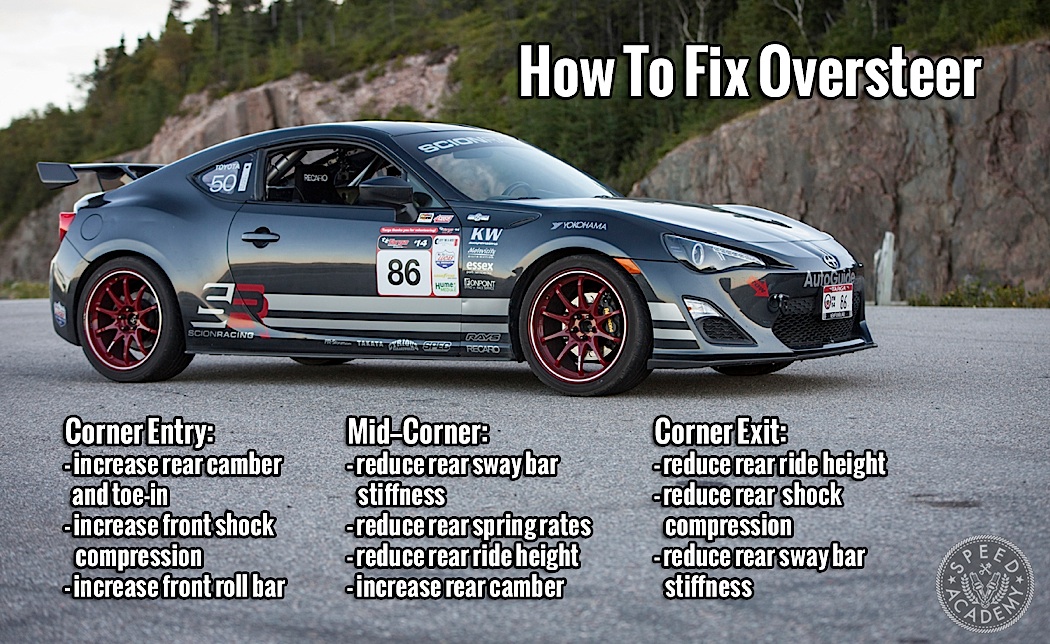 Oversteer can be a much more enjoyable problem to have, or at least it is if you’re confident in your car control skills and like to do a little drifting. On the other hand, snap oversteer is a potentially pant-soiling condition and if you’re unaccustomed to even a bit of oversteer it can rob you of the confidence needed to really attack corner entry, in which case you’ll probably be fastest in a car with a touch of understeer. This isn’t something to be ashamed of and won’t result in your Man Card being revoked, so be honest with yourself and your comfort level with oversteer when setting up your car. For some of us, “loose is fast”, but for others “tight is right”.
Oversteer can be a much more enjoyable problem to have, or at least it is if you’re confident in your car control skills and like to do a little drifting. On the other hand, snap oversteer is a potentially pant-soiling condition and if you’re unaccustomed to even a bit of oversteer it can rob you of the confidence needed to really attack corner entry, in which case you’ll probably be fastest in a car with a touch of understeer. This isn’t something to be ashamed of and won’t result in your Man Card being revoked, so be honest with yourself and your comfort level with oversteer when setting up your car. For some of us, “loose is fast”, but for others “tight is right”.
One final piece of advice when it comes to understeer and oversteer. Don’t be the problem. In other words, if you drive your car into corners way too hard, it’s almost certainly going to understeer, especially if it already has a tendency to do so. Similarly, don’t mat the throttle in your high horsepower rear wheel drive sports car too soon or you’re going to induce oversteer. Rather than exacerbating the problem with overly aggressive driving, try the old “slow in, fast out” approach if your car understeers and use gradual and smooth inputs with your hands and feet if your car tends to oversteer.
Learning to adapt your driving style to your car’s setup is an important skill to develop, but at the same time don’t try to drive around big imbalances in its setup. Always work towards as neutral a setup as you can, erring on whichever side of the understeer/oversteer balance suits you best. And remember, both understeer and oversteer indicate a lack of grip at one end of the car or the other, so keep very close tabs of your tire temperatures and tire pressures to ensure you’re maximizing mechanical grip.


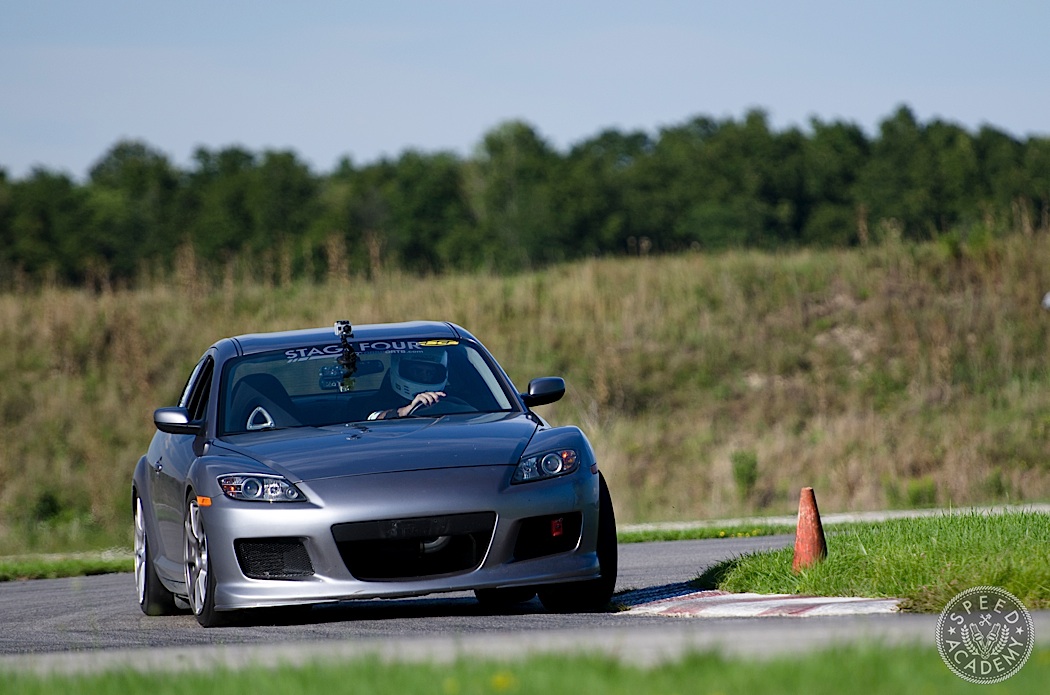
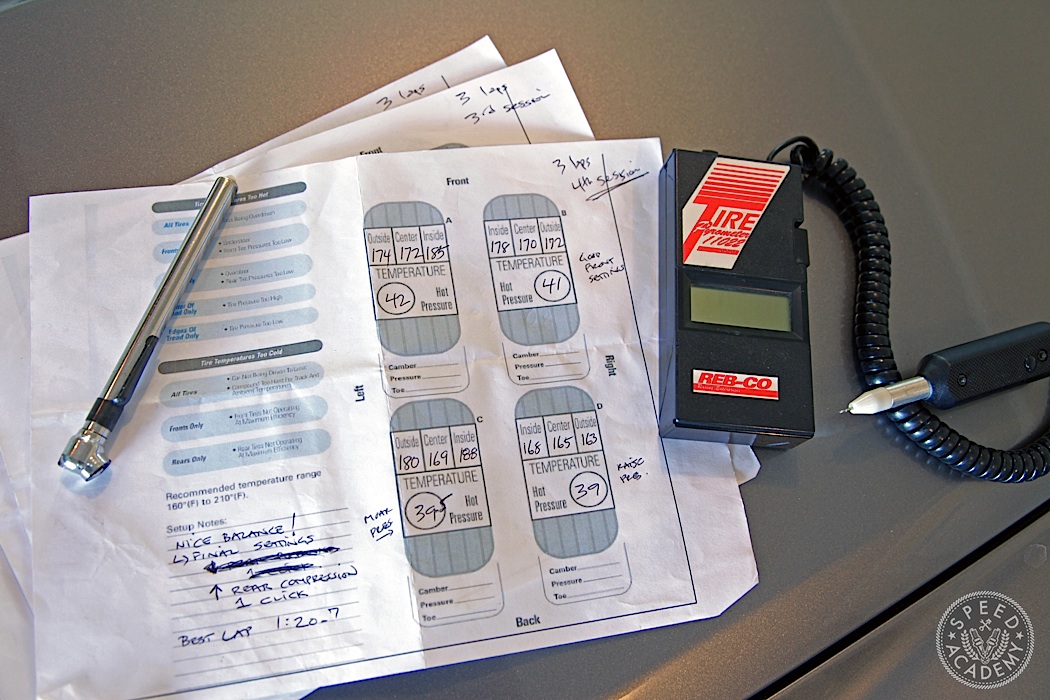
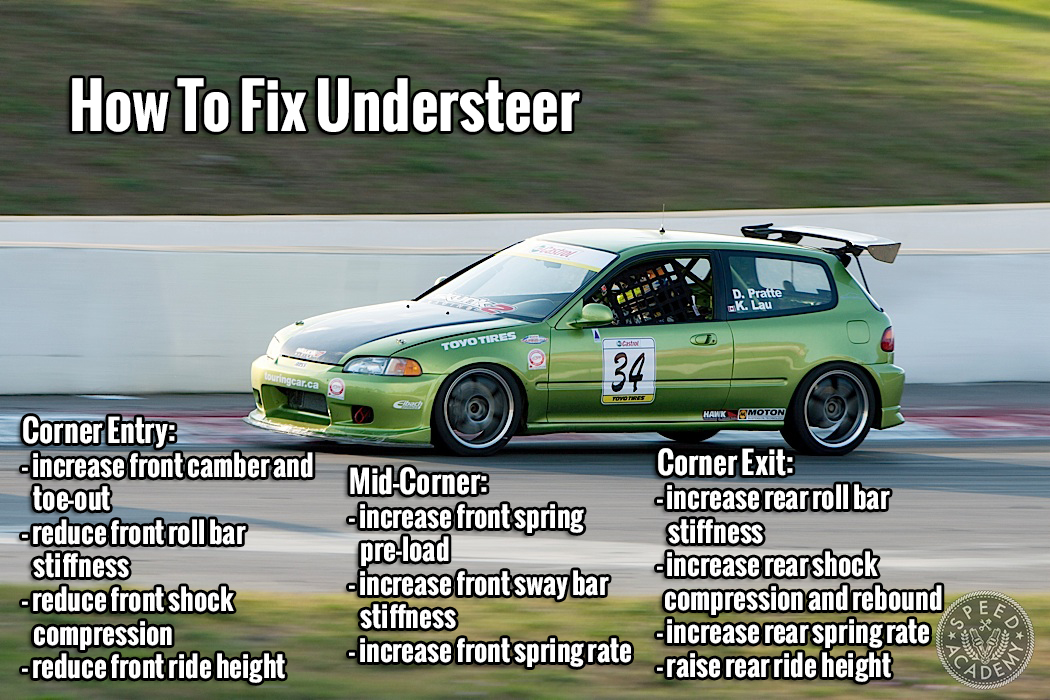
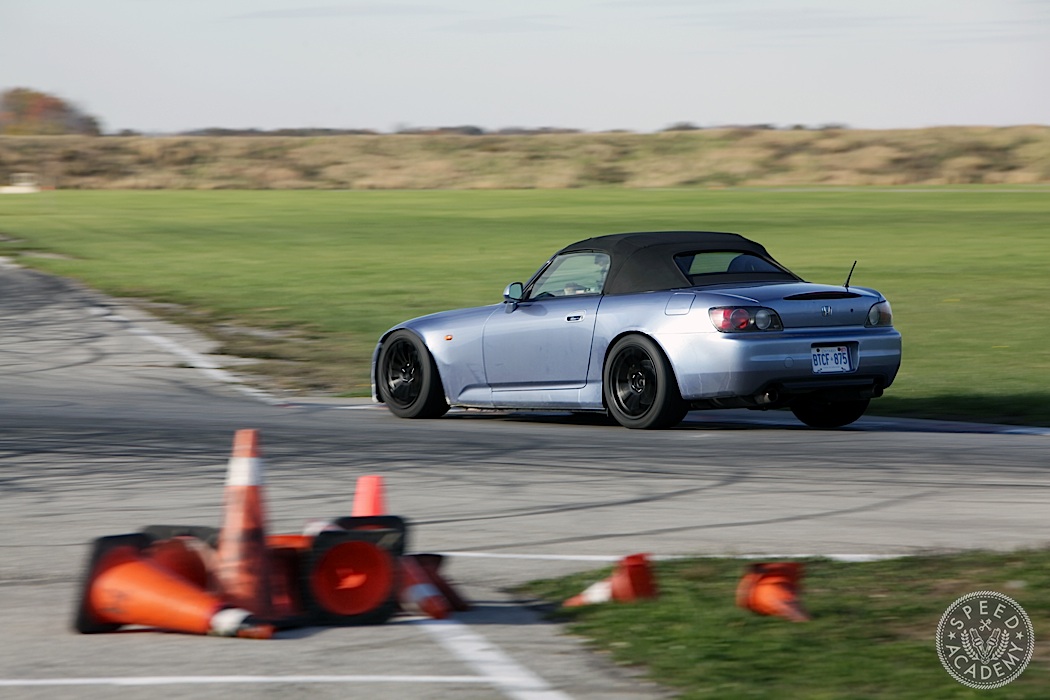
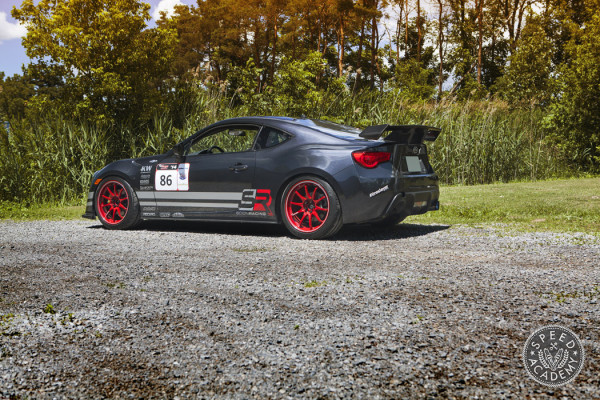
Article seems simple and useful for us common folk. Thanks!
I found the breakdown of the corner into entry, mid and exit very enlightening.I felt my corolla used to wobble a bit on left turns and has a sensitive steering so i suppose it likes to oversteer. I just decreased the rear tire pressures by 2 psi and raised the front tire pressures to about 35 psi,its much better now.
What i see from the first picture, can tire pressures be fine tuned according to the temperature change after driving,since the weight distribution is different for all the tires?